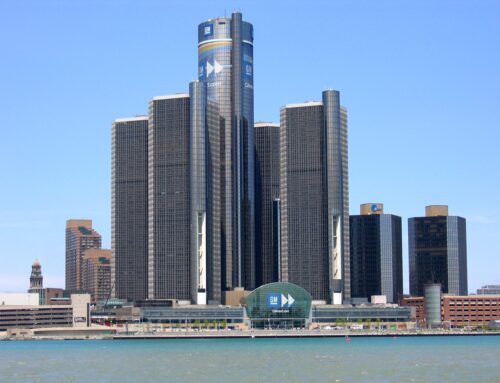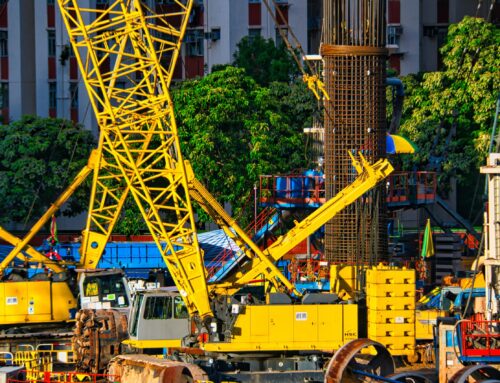Description and Details
In November 2020, the president of Power Construction Corporation of China (Powerchina) announced they intend to build a mega dam on the Great Bend of the Yarlung Tsangpo River, also known as the Brahmaputra River in India, and Jamuna River in Bangladesh. According to the Chinese Communist Party (CCP), the dam would generate three times as much power as the Three Gorges Dam, and this giant hydropower station is part of China’s plan for seeking carbon neutrality by 2060.
However, when this plan was announced, it immediately gained attention and was called one of the riskiest projects in the world. The project’s complexity lies in the terrain, religious beliefs, local ecosystem concerns, and international relationships.
Tibetan rights groups have criticized the project since the river is considered sacred as it’s the body of the goddess in their religion. The Tibetan people can’t bathe or wash in the river and they can only use the water after taking it home. Before the annexation of Tibet from China, no dam could be built along the river. Even though now they are under the control of the government, there’s still criticism.
Another concern is the instability of the region’s land. The river sits atop the Indo-Tsangpo Suture Zone, the intersection between the tectonic plates of India and Eurasia. This makes the area active in earthquake activities. Around 70 years ago, an 8.6 magnitude earthquake occurred 200 km away in Assam. If a dam is built in this region, it is hard to predict when the next large-scale earthquake may occur. If an earthquake occurs and has enough magnitude to destroy the dam, the resulting flood would have a detrimental impact on downstream areas. The area is also prone to landslides which would worsen the impact of a deadly earthquake.
While Tibet and seismic activity are concerns, the greatest concern for the dam’s construction is the tension between China and India. Although it’s said that the dam will be run-of-river type, which means it won’t store water, and only use the running water for electricity generation, the Indian government still worries about China using water as a weapon. The Brahmaputra River feeds millions in India and also generates India’s hydropower for national supply. If the river gets diverted from China, which the Indian government fears, India’s economy and livelihood would be threatened.
One idea to consider is the positioning of the countries along the river and their opinions on the use of the river. China, with Tibetan being the origin of the river, has absolute control over this resource. India, a large developing country, strongly condemns upstream exploitation. Bangladesh is the furthest downstream and experiences the largest influence of upstream dams, however, they have had a limited voice in the international debate.
While the dam has yet to be built, this project may be a typical example of DEI principled engineering infrastructures, along with many ecological, social, and political concerns.
CEE subjects: Construction Engineering and Management, Geotechnical Engineering, Hydraulics and Hydrological Engineering, Structural Engineering, Environmental Fluid Dynamics, Environmental Policy and Sustainable Infrastructure, Environmental Politics
Discussion Questions
- This example shows some of the tensions surrounding hydropower and the larger international politics surrounding renewable resources and carbon neutrality. What do you think of the tension behind promoting carbon neutrality?
- This project is a reminder of the unavoidable failure of engineering infrastructure in the future and the need for design/service life. What suggestions would you give for the construction of the mega dam to ensure it meets its design life? Do you think we should be creating large-scale infrastructure in disaster-prone areas or switching to a more local or regenerative focus? What will be the future of engineering projects if they are beyond our lifetime?
- Are you in support of building this mega-dam? Why or why not?
- How might environmental or civil engineers aid in ensuring the goals of hydropower are achieved while mitigating water scarcity fears and natural disaster impacts?
References
- Popular media/news references
- China’s Hydropower Plan on the Brahmaputra
- A mega dam on the Great Bend of China
- China defends decision to dam the Brahmaputra
- China’s New Superpower Dam and Implications for India
- The Risks Of Chinese Hydro-Hegemony Over Brahmaputra And The Importance Of Hydro-Diplomacy For South Asia
- China’s Proposed Super Hydropower Dam on Brahmaputra River is a Mega Concern for India
- This Chinese Mega-dam Will Destroy Asia!
- Chinese Dams on Brahmaputra river | India’s strategic concerns | Geo-political advantages
- Extraordinary Risk: China Hydro Station Plan Underway on Yarlung Tsangpo River/Water war with India?
- Why Is China Reviving Its Plan to Build Dams on the Brahmaputra Now?
- China’s mind-bending megadam plan could see international tensions explode
- China’s New Dam Project Could Dwarf the Three Gorges Dam
- BRAHMAPUTRA: A CONFLICT-PRONE RIVER TAKES A STEP BACKWARDS
- Tracing the path of destruction in India’s Himalayas




Leave A Comment